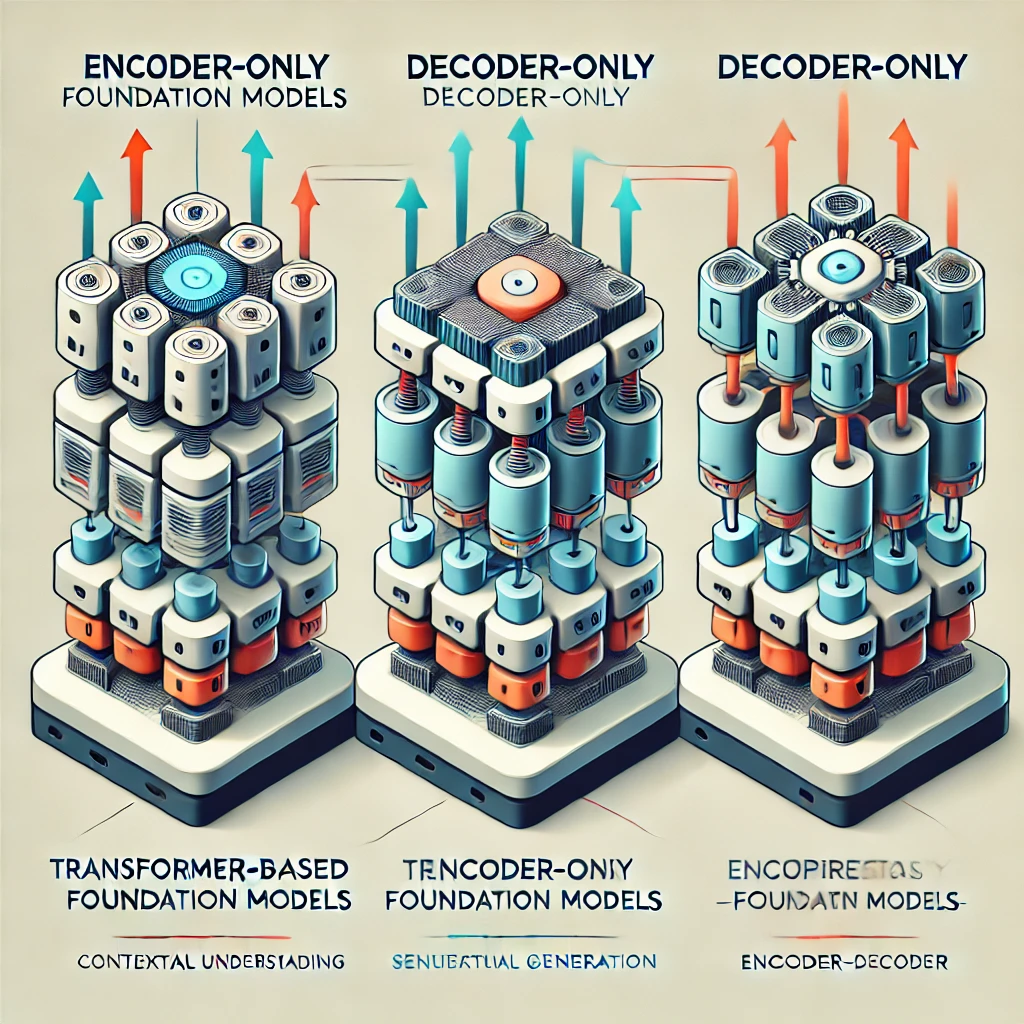Minimizing GPU RAM and Scaling Model Training Horizontally with Quantization and Distributed Training
Welcome to the Continuous Improvement podcast, where we explore the latest advancements in technology and methodologies to help you stay ahead in your field. I'm your host, Victor Leung. Today, we’re diving into a critical topic for anyone working with large-scale machine learning models: overcoming GPU memory limitations. Specifically, we'll explore two powerful techniques: quantization and distributed training.
Training multibillion-parameter models poses significant challenges, particularly when it comes to GPU memory. Even with high-end GPUs like the NVIDIA A100 or H100, which boast 80 GB of GPU RAM, handling 32-bit full-precision models often exceeds their capacity. So, how do we manage to train these massive models efficiently? Let’s start with the first technique: quantization.
Quantization is a process that reduces the precision of model weights, thereby decreasing the memory required to load and train the model. Essentially, it involves projecting higher-precision floating-point numbers into a lower-precision target set, which significantly cuts down the memory footprint.
But how does quantization actually work? Let’s break it down into three steps:
- Scaling Factor Calculation: First, determine a scaling factor based on the range of source (high-precision) and target (low-precision) numbers.
- Projection: Next, map the high-precision numbers to the lower-precision set using the scaling factor.
- Storage: Finally, store the projected numbers in the reduced precision format.
For example, converting model parameters from 32-bit precision (fp32) to 16-bit precision (fp16 or bfloat16) or even 8-bit (int8) or 4-bit precision can drastically reduce memory usage. Quantizing a 1-billion-parameter model from 32-bit to 16-bit precision can cut the memory requirement by half, down to about 2 GB. Further reduction to 8-bit precision can lower this to just 1 GB, a whopping 75% reduction.
The choice of data type for quantization depends on your specific application needs:
- fp32: This offers the highest accuracy but is memory-intensive and may exceed GPU RAM limits for large models.
- fp16 and bfloat16: These halve the memory footprint compared to fp32. Bfloat16 is often preferred over fp16 due to its ability to maintain the same dynamic range as fp32, reducing the risk of overflow.
- fp8: An emerging data type that further reduces memory and compute requirements, showing promise as hardware and framework support increases.
- int8: Commonly used for inference optimization, significantly reducing memory usage.
Now, let's move on to the second technique: distributed training.
When a single GPU's memory is insufficient, distributing the training process across multiple GPUs becomes essential. Distributed training allows us to scale the model horizontally, leveraging the combined memory and computational power of multiple GPUs.
There are three main approaches to distributed training:
- Data Parallelism: Here, each GPU holds a complete copy of the model but processes different mini-batches of data. Gradients from each GPU are averaged and synchronized at each training step.
Pros: Simple to implement and suitable for models that fit within a single GPU’s memory.
Cons: Limited by the size of the model that can fit into a single GPU.
- Model Parallelism: In this approach, the model is partitioned across multiple GPUs. Each GPU processes a portion of the model, handling the corresponding part of the input data.
Pros: Effective for extremely large models that cannot fit into a single GPU’s memory.
Cons: More complex to implement, and communication overhead can be significant.
- Pipeline Parallelism: This combines aspects of data and model parallelism. The model is divided into stages, with each stage assigned to different GPUs. Data flows through these stages sequentially.
Pros: Balances the benefits of data and model parallelism and is suitable for very deep models.
Cons: Introduces pipeline bubbles and can be complex to manage.
To implement distributed training effectively, consider these key points:
- Framework Support: Utilize frameworks like TensorFlow, PyTorch, or MXNet, which offer built-in support for distributed training.
- Efficient Communication: Ensure efficient communication between GPUs using technologies like NCCL (NVIDIA Collective Communications Library).
- Load Balancing: Balance the workload across GPUs to prevent bottlenecks.
- Checkpointing: Regularly save model checkpoints to mitigate the risk of data loss during training.
Combining quantization and distributed training provides a robust solution for training large-scale models within the constraints of available GPU memory. Quantization significantly reduces memory requirements, while distributed training leverages multiple GPUs to handle models that exceed the capacity of a single GPU. By effectively applying these techniques, you can optimize GPU usage, reduce training costs, and achieve scalable performance for your machine learning models.
Thank you for tuning in to this episode of Continuous Improvement. If you found this discussion helpful, be sure to subscribe and share it with your peers. Until next time, keep pushing the boundaries and striving for excellence.



